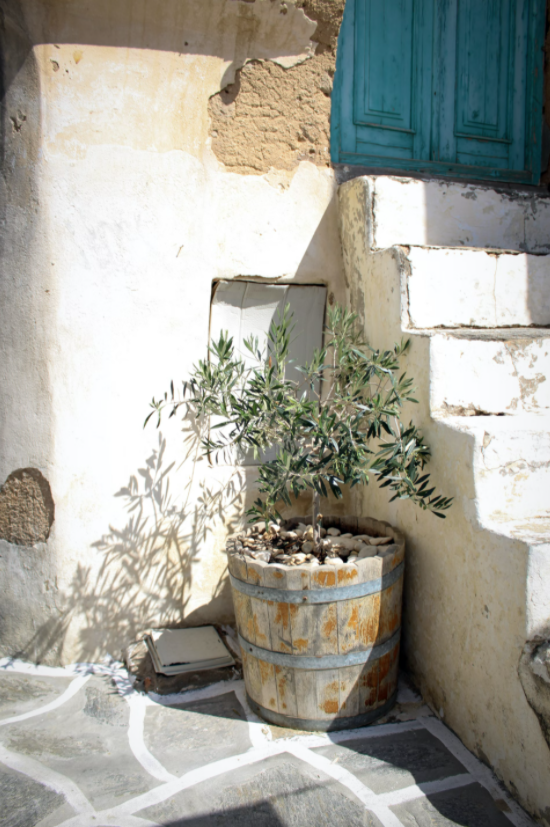Owning an inground pool brings backyard luxury, but it also adds recurring maintenance expenses that many new owners underestimate!
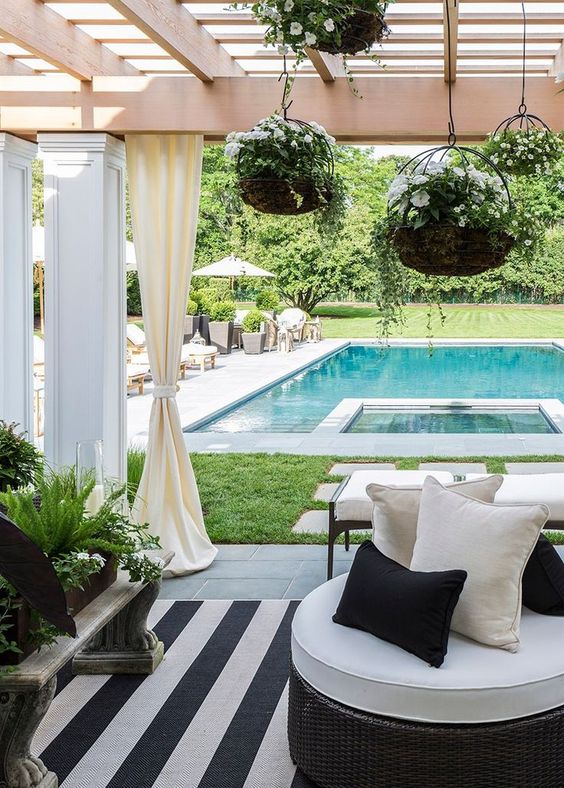
This financial guide breaks down the actual monthly costs—both predictable and hidden—so you can budget accurately and keep your pool sparkling year-round.
The Bottom Line: Average Monthly Pool Maintenance Costs
So, how much does pool maintenance really cost per month? For most inground pools, expect to spend between $120 and $400 per month. That range covers chemicals, electricity, and water usage, as well as occasional supplies and service fees. If you prefer to let a professional handle cleaning and chemistry, your costs will land at the higher end of that range. Homeowners who take a DIY approach typically stay on the lower end but spend more time managing upkeep.
Breaking pool maintenance into categories makes planning easier. Your total monthly cost depends on how much work you do yourself and what type of equipment your pool uses.
Professional Pool Service Fees: $100 – $300 per month
A recurring professional service is one of the most significant monthly costs. Standard plans often include water balancing, brushing, skimming, vacuuming, and filter cleaning.
Some services offer “chemical-only” plans at around $100 to $150 per month, while full-service packages can reach $300 or more. The convenience and consistent results make this a worthwhile expense for busy homeowners or those new to pool ownership.
Electricity Costs: $30 – $100+ per month
Your pool pump is the primary driver of electricity usage. According to the Pool & Hot Tub Alliance, a pump can add about $50 per month to your electric bill, though the actual range is $10 to $300, depending on the pump type and daily runtime. Single-speed pumps consume the most power, while modern variable-speed models can cut that energy draw by 60% or more. Lighting and heaters also contribute to higher electricity bills, especially in cooler climates.
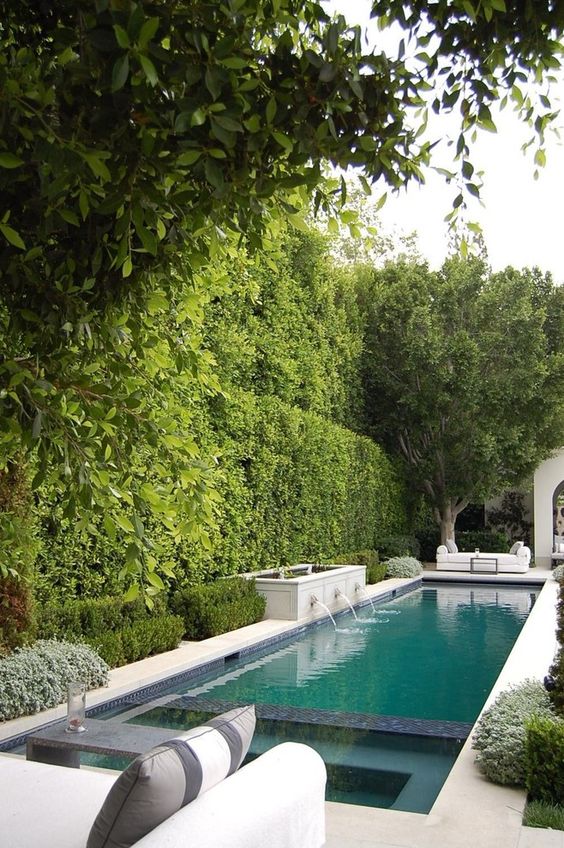
Chemicals & Supplies: $50 – $100 per month
Chemicals are non-negotiable for clear, safe water. You’ll need regular chlorine (or salt for a saltwater system) doses, shock treatments, pH balancers such as soda ash or muriatic acid, and occasional algaecide. Other recurring items include test kits or strips to monitor chemical levels, and cleaning supplies such as brushes and skimmer nets.
Water Costs: $20 – $50 per month
Most pool owners underestimate how much water evaporates or splashes out. Topping off your pool each week usually costs $20 to $50 per month, depending on the climate and local water rates. Remember that this is separate from the one-time filling cost, which can run $100 to $300 or more after construction.
DIY Maintenance vs. Hiring a Professional: A Cost-Benefit Analysis
| Approach | Average Monthly Cost | Upfront Investment | Time Commitment | Pros | Cons |
| DIY Maintenance | $50 – $150 | $300 – $800 for tools | 1–2 hours/week | Lower cost, hands-on control | Requires time, learning curve |
| Professional Service | $150 – $400 | Minimal | None | Convenience, expert water care | Higher recurring cost |
DIY maintenance can save hundreds per year, but the learning curve is steep. Hiring a professional ensures balanced water and reliable cleaning, making it a stress-free option if your schedule is tight. No two pools cost the same to maintain. Size, water system, materials, and climate all strongly influence your monthly bill.
Pool Type: Saltwater vs. Chlorine and Vinyl vs. Gunite
Saltwater pools cost less monthly in chemicals but require salt cell replacements every few years, which can exceed $500. Chlorine systems are cheaper upfront but demand more frequent chemical purchases. Surface materials matter too. Porous gunite surfaces often need more brushing and algaecide, while smooth vinyl liners are easier and faster to clean.
Geographic Location & Climate
Warm climates come with higher evaporation rates and year-round maintenance, which drive monthly costs higher. In colder regions, seasonal owners pay extra for professional opening and closing each year, but can pause many costs during winter.

Budgeting for Hidden and Occasional Pool Costs
It’s smart to set aside a small monthly amount—say $25 to $50—for future pool repairs and eventual upgrades.
Seasonal Opening and Closing: $150 – $500 Annually
Professional pool openings and winterizations are standard in cold climates. Skipping them often leads to equipment damage or algae blooms, which cost more to fix later.
Repairs and Replacements: $200 – $2,500+
Over time, small parts such as filter valves, pump seals, and heaters need to be replaced. Major expenses, such as resurfacing or liner replacement, can cost several thousand dollars, so having a repair fund helps cushion the impact.
Smart Investments: How to Lower Your Monthly Pool Bill
Efficiency upgrades reduce operating costs over the long term and simplify maintenance.
Upgrade to a High-Performance Cartridge Filter
A high-performance Pentair pool filter improves water clarity while reducing chemical use and pump runtime. Cartridge filters also eliminate the need for backwashing, saving thousands of gallons of water annually and directly lowering your water bill.
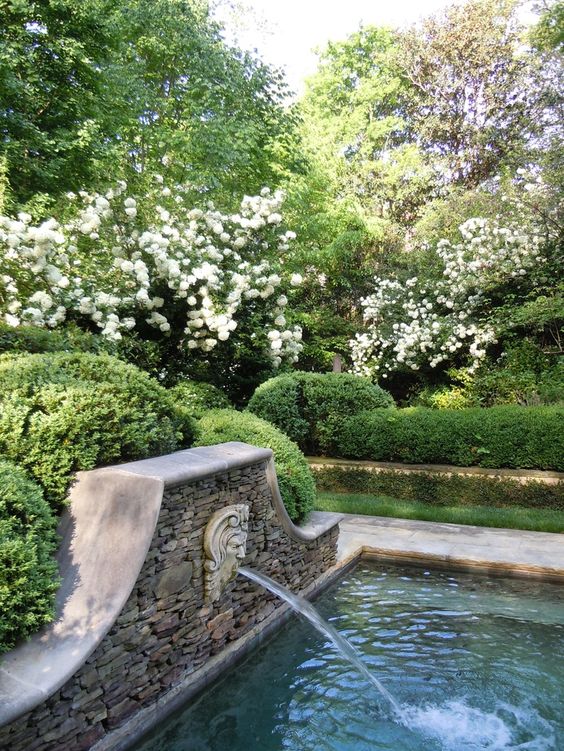
Install a Variable-Speed Pump
Variable-speed pumps consume up to 90% less energy by adjusting their speed rather than running at full power constantly. The initial investment pays for itself in energy savings within a few years.
Use a Solar Pool Cover
Solar covers can reduce evaporation by up to 95% and help retain heat overnight. That translates into noticeably lower heating and water costs.
Frequently Asked Questions About Pool Costs
How much does a pool add to monthly expenses overall?
Between electricity ($50), water ($40), and chemicals or services ($100+), most households see a total monthly increase of $150 to $400.
How often should a pool service come out?
Weekly service is recommended for consistent quality, though budget-conscious owners may opt for bi-weekly visits during lower-use months.
Owning an inground pool doesn’t have to be a financial mystery. By understanding each cost category and making a few smart efficiency upgrades, you can enjoy crystal-clear water without breaking your monthly budget. With careful planning and regular upkeep, your pool becomes not just a luxury but a sustainable investment in everyday relaxation and home value.



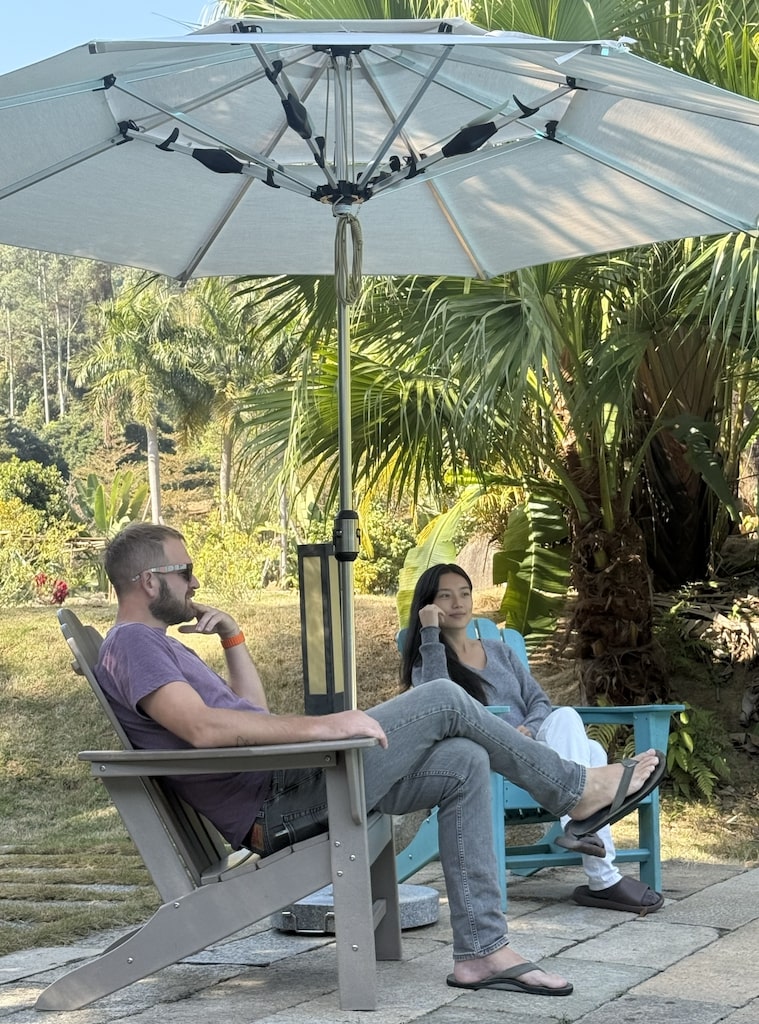
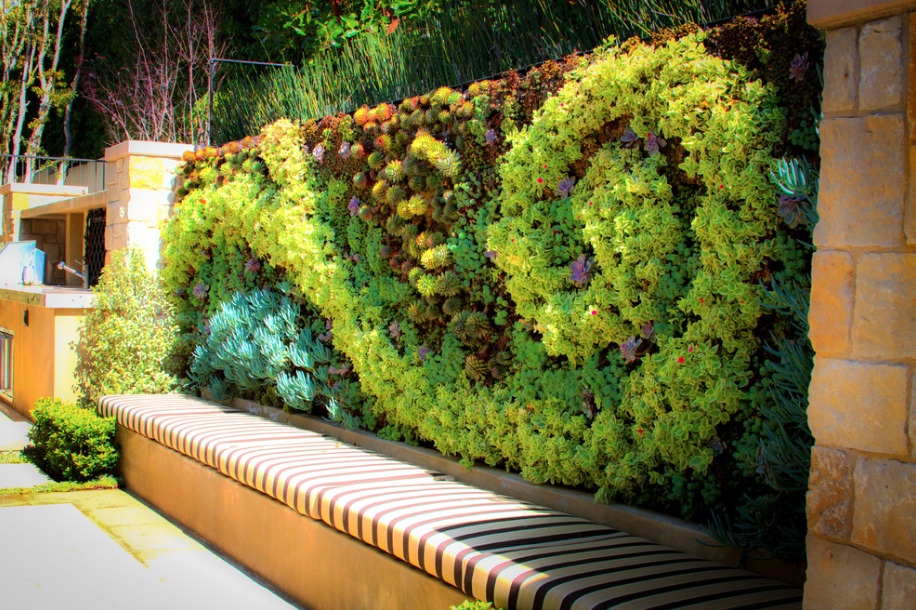
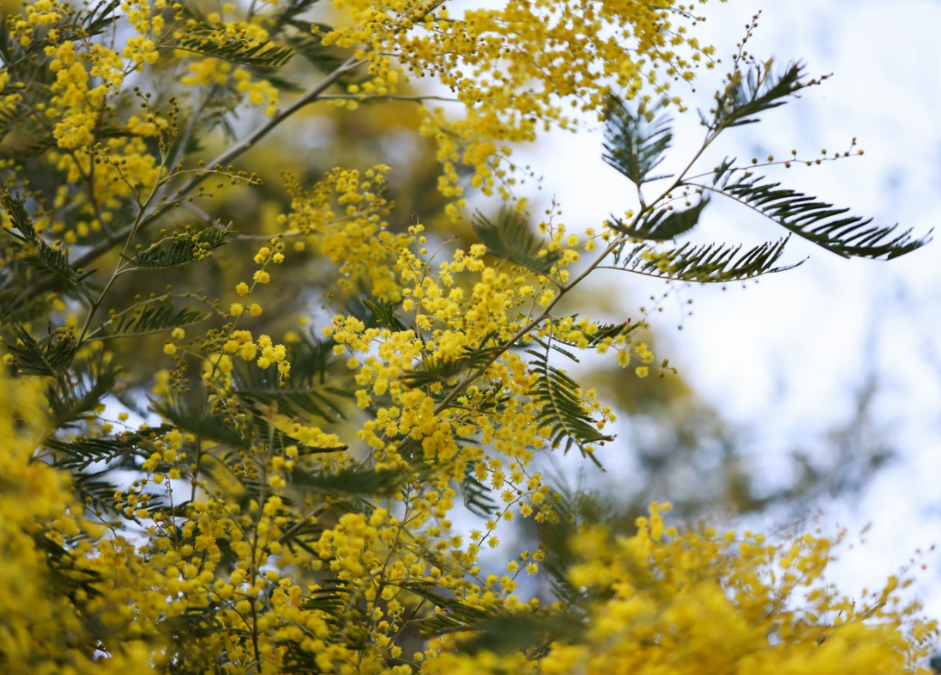
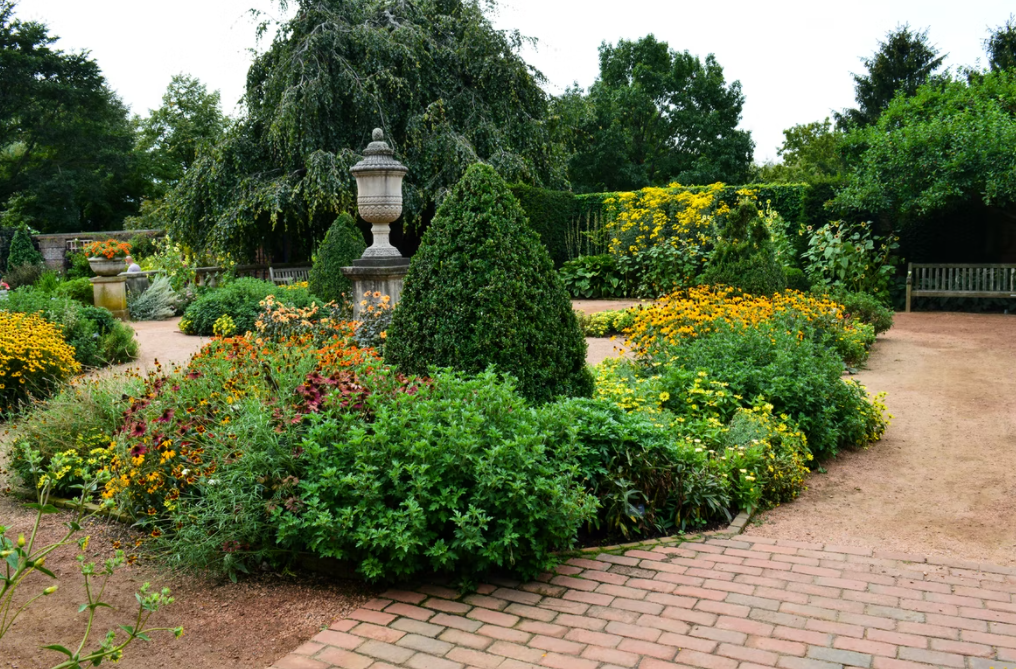 Photos By: Unsplash
Photos By: Unsplash